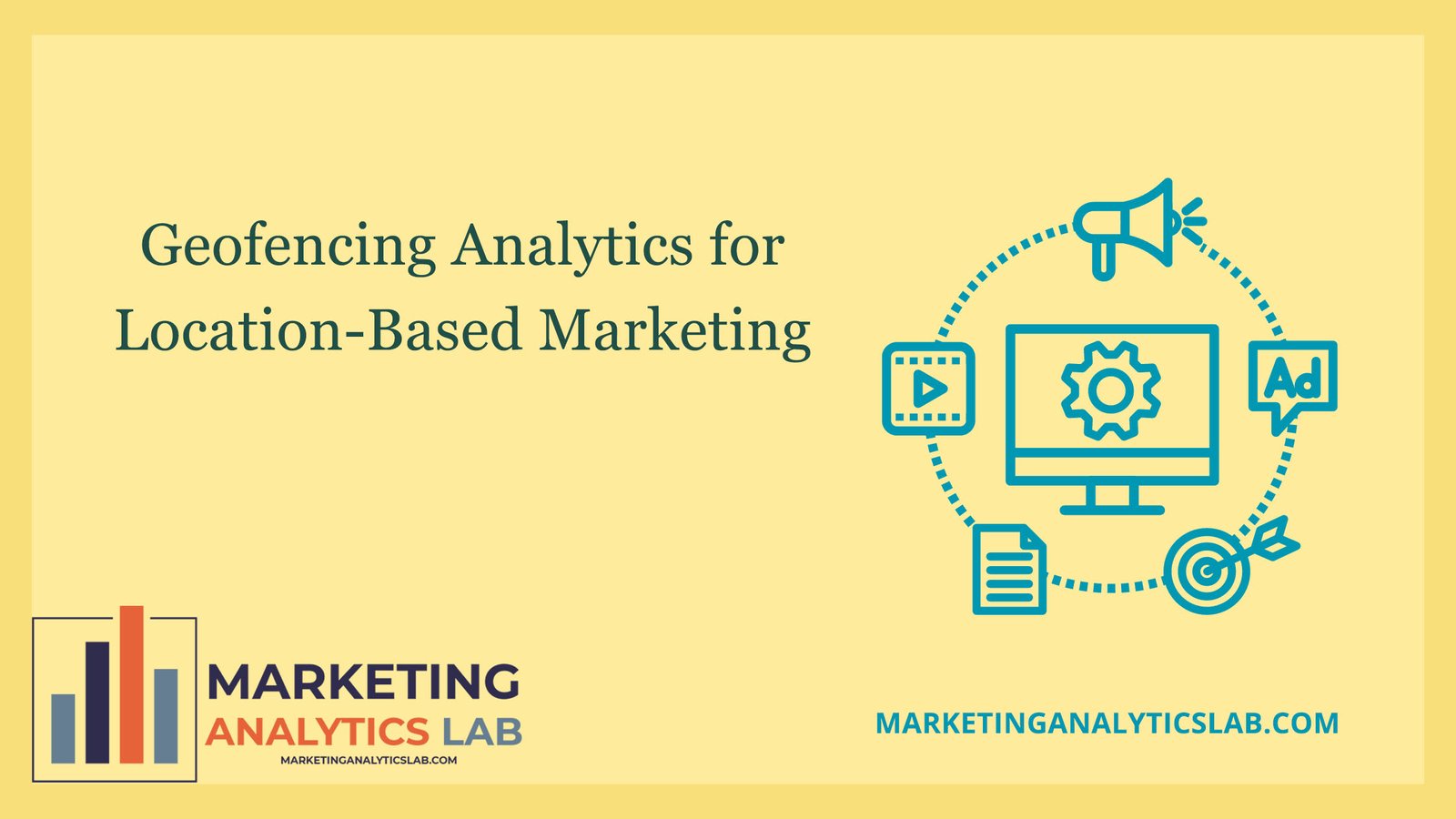Understanding Geofencing Analytics
Geofencing analytics is a powerful tool that allows businesses to track and analyze consumer behavior based on their location. By setting up virtual boundaries around specific geographical areas, businesses can target potential customers with personalized marketing messages and promotions. These boundaries, known as geofences, can range in size from a few feet to several miles, depending on the business’s goals and objectives.
One of the key benefits of geofencing analytics is the ability to measure foot traffic and customer engagement in real-time. By monitoring the number of people who enter and exit a geofenced area, businesses can gain valuable insights into consumer behavior and preferences. This data can then be used to optimize marketing campaigns, improve customer targeting, and drive sales. Additionally, geofencing analytics can help businesses track the effectiveness of their marketing efforts and make data-driven decisions to enhance their overall marketing strategy.
In addition to tracking foot traffic and customer engagement, geofencing analytics can also provide businesses with valuable demographic information about their target audience. By analyzing the location data of consumers who enter a geofenced area, businesses can gain insights into their age, gender, income level, and other relevant demographic factors. This information can then be used to create more targeted and personalized marketing campaigns that resonate with the target audience, leading to increased brand awareness and customer loyalty.
Enhancing Location-Based Marketing Strategies
Geofencing analytics can significantly enhance location-based marketing strategies by allowing businesses to deliver targeted and personalized marketing messages to consumers based on their physical location. By using geofences to trigger push notifications, SMS messages, or in-app advertisements when a customer enters a designated area, businesses can engage with consumers in real-time and drive them to take a desired action, such as visiting a store or making a purchase. This level of hyper-targeted marketing can significantly increase the effectiveness of marketing campaigns and improve overall ROI.
Another way geofencing analytics can enhance location-based marketing strategies is by enabling businesses to track and measure the impact of their marketing efforts in real-time. By monitoring key metrics such as foot traffic, dwell time, and conversion rates within geofenced areas, businesses can quickly assess the success of their campaigns and make adjustments as needed to optimize performance. This level of agility and flexibility allows businesses to adapt quickly to changing market conditions and consumer behavior, ensuring that their marketing efforts remain relevant and effective.
Overall, geofencing analytics is a valuable tool for businesses looking to enhance their location-based marketing strategies and drive customer engagement. By leveraging the power of geofences to target and track consumers based on their physical location, businesses can gain valuable insights into consumer behavior, optimize marketing campaigns, and drive sales. With the right tools and strategies in place, businesses can harness the power of geofencing analytics to create personalized and effective marketing campaigns that resonate with their target audience and deliver tangible results.

